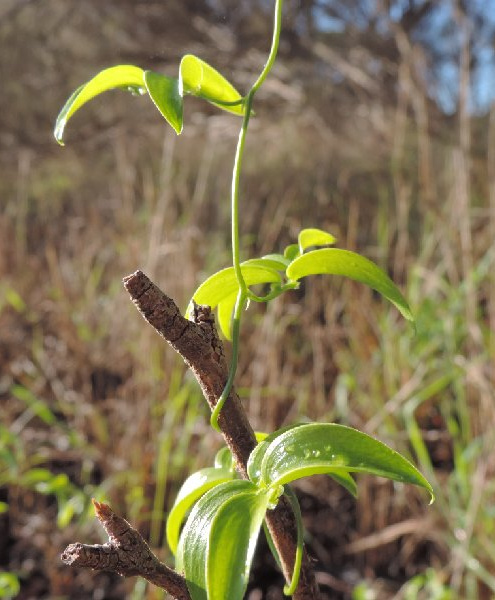"The active compound in a plant extract has shown promise for treating non-Hodgkin lymphomas (NHLs), according to researchers.
The compound, withaferin A, is a steroidal lactone isolated from the Ayruvedic medicinal plant Ashwagandha (Withania somnifera)
:
:
Withaferin A exhibited activity in several human B-cell lymphoma cell lines—the diffuse large B-cell lymphoma (DLBCL) cell lines LY-3, LY-10, and SudHL-6; the Burkitt lymphoma cell lines Raji and Ramos; and the mantle cell lymphoma cell line MINO.
:
:
Further investigation revealed that withaferin A (in mice) induces cell-cycle arrest, prompts apoptosis, inhibits NF-kB nuclear translocation, and reduces the expression of pro-survival signals in B-cell lymphomas.
Th researchers are now testing withaferin A in Chronic Lymphocytic Leukemia."
Hematology Times (free membership)
hematologytimes.com/p_artic...
Obviously early days yet, but isn't it encouraging that new plant extracts are still being identified that might one day become part of a treatment protocol that cures CLL and other NHLs or at least improves treatment responses, hopefully with less side effects.
Neil
